We Have Crossed the Threshold
As of 1980, humanity crossed the sustainability threshold, according to Wackernagel of The Ecological Footprint fame in the July 9, 2002 issue of PNAS (Proceedings of the National Academy of Science). That is, we reached the earth's carrying capacity nearly forty years ago. Since then, we have been munching on forests, turning the most fertile lands into deserts, and breeding, eating and producing wastes at a rate that is far greater than the earth can regenerate. We are now consuming at a rate that would take 1.2 earths to sustain. The number is even greater --1.4 earths -- if we set aside a modest 12% of the earth's surface as human-free wilderness for the other 10 million species. That is, it'd take almost an earth and a half to support our present behavior and retain the variety of present species.
We are now in overshoot mode. When we crossed the threshold in 1980 there were but four-and-half billion people on the planet. We're now at 6.7, shooting for 9 billion by 2050, with per capita consumption expected to quintuple.
So, a simple dieback scenario suggests that sometime this century, the population crash will drop us back to a sustainable population, the true carrying capacity, which appears to be -- at present consumption and technology -- no more than four-and-half billion people. Given that we will have further reduced the earth's life-sustaining capabilities by that point, 4.5 billion is an optimistic number. The later the crash, the greater our global population, the more we will have further debilitated our life-support system, and so therefore the greater the crash. If it occurs after 2050, we could see a Malthusian dieback encompassing some four billion or more people.
